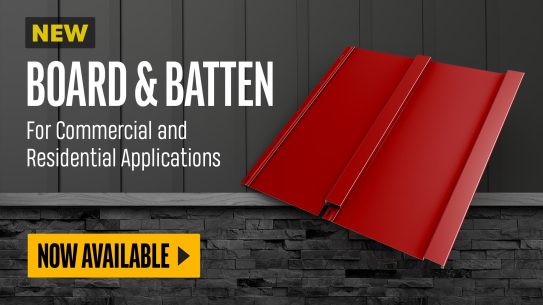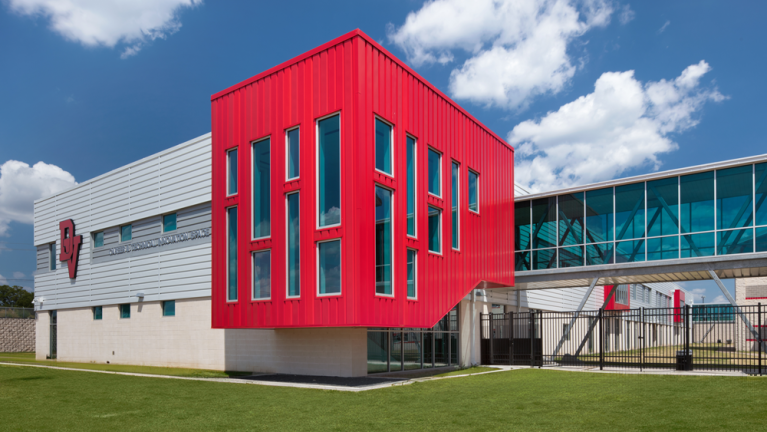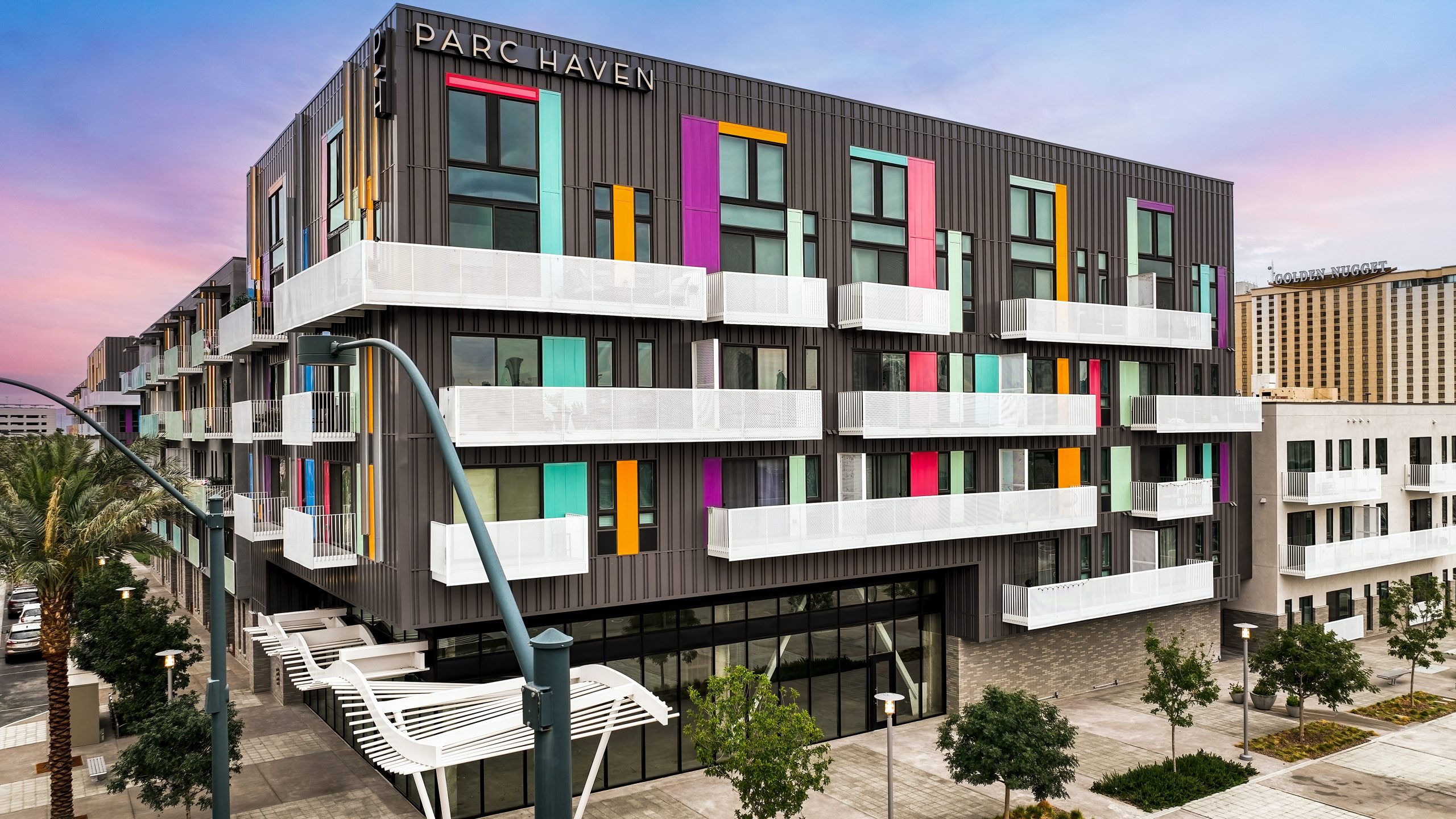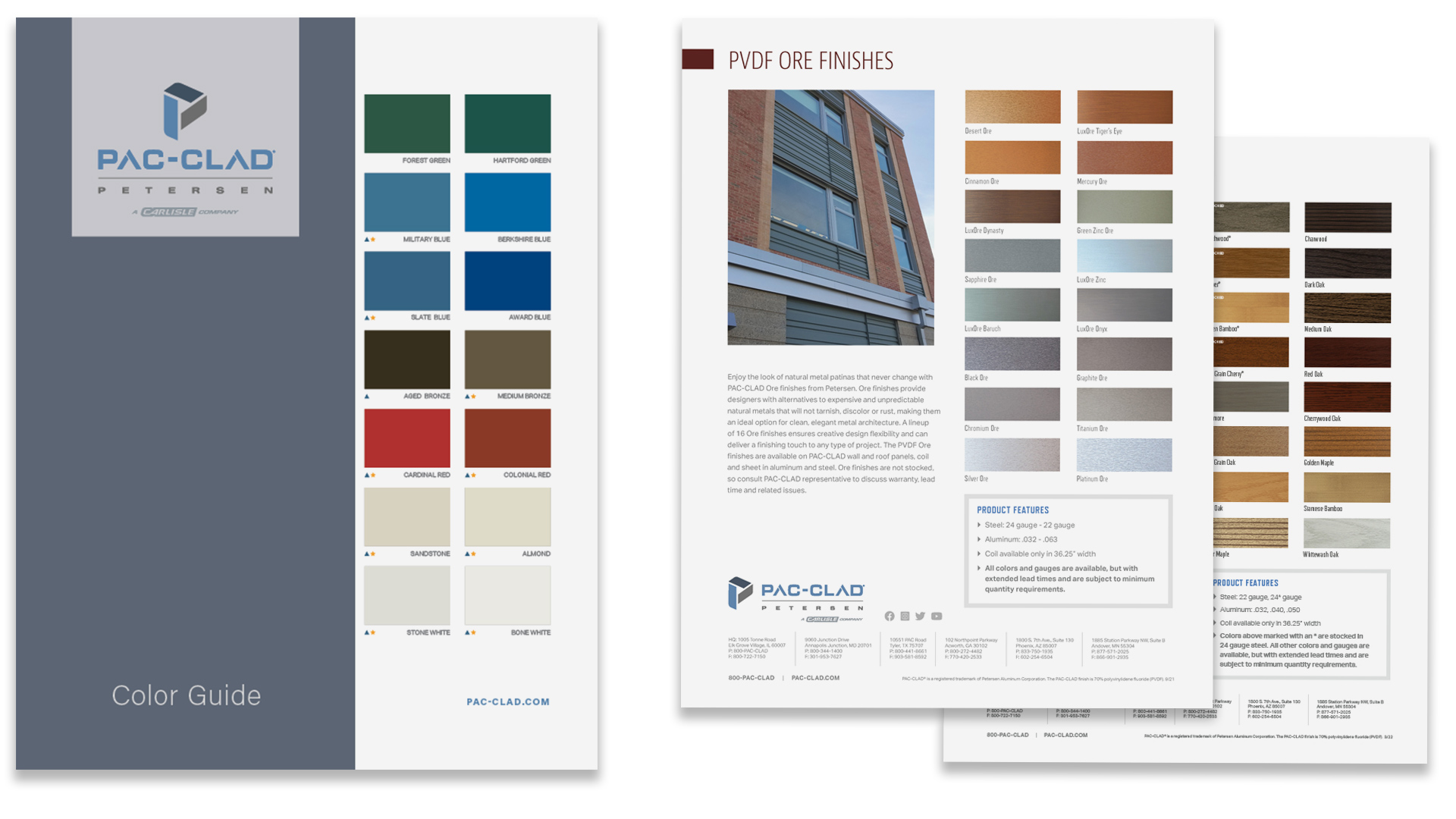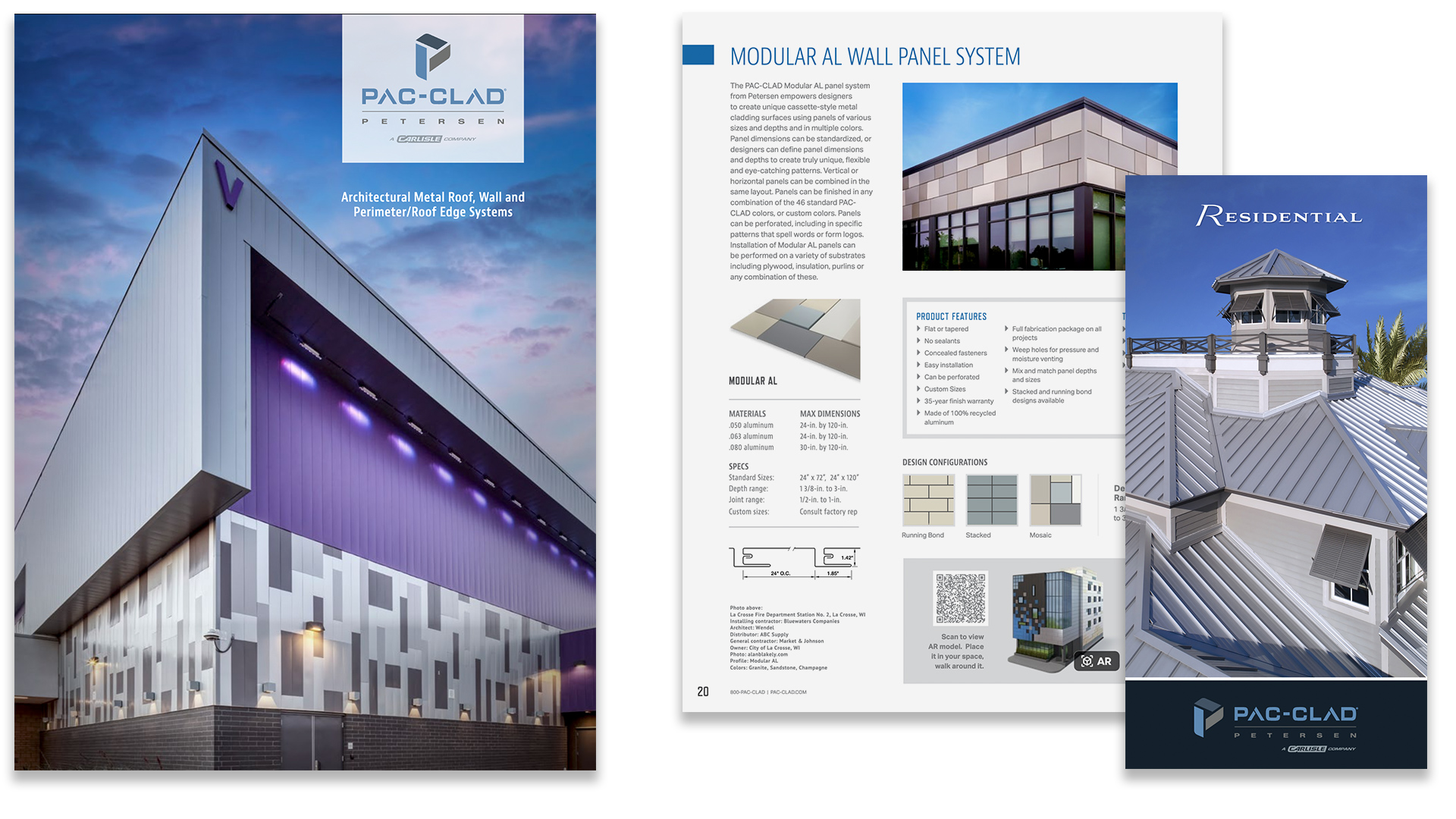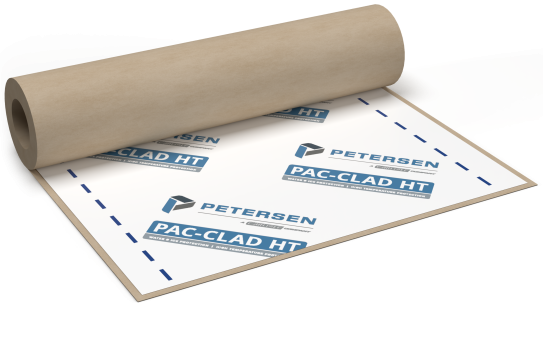
PAC-CLAD HT
Insulation / UnderlaymentFeatures
Features
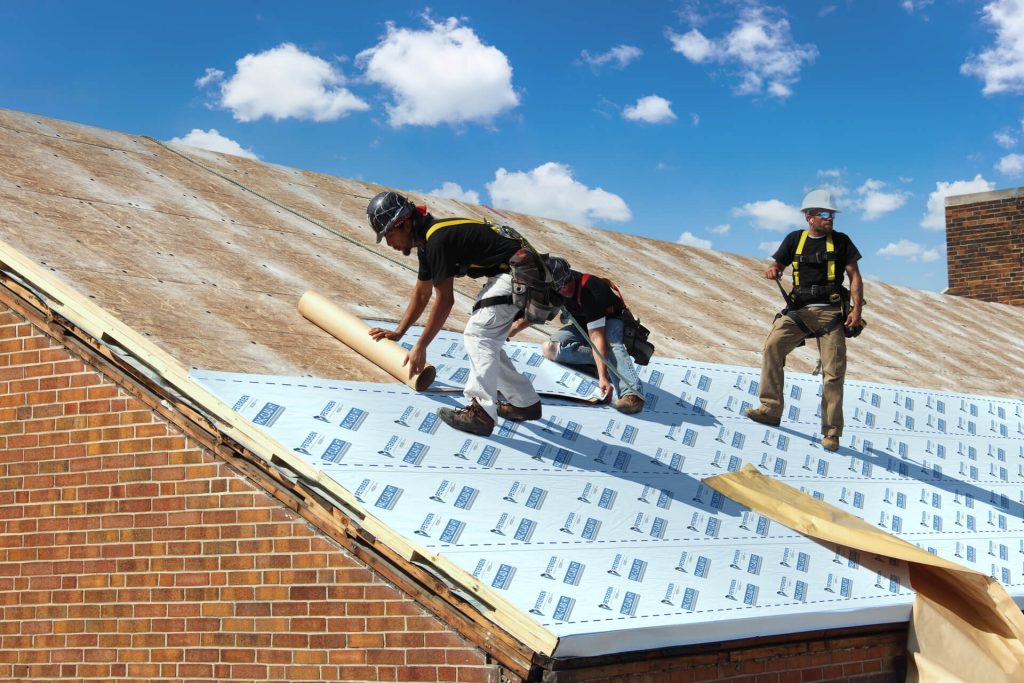
PAC-CLAD HT from Petersen is a self-adhering, high-temperature roofing underlayment designed to provide premium waterproofing protection for a variety of roofing applications. PAC-CLAD HT underlayment offers protection against water and ice damming while withstanding extreme weather conditions. The self-adhering qualities of PAC-CLAD HT reduces labor costs and installation times while providing increased protection compared to that of typical felt roofing underlayments. This strong, skid-resistant high-tensile-strength rubberized asphalt membrane is available in either black or white.
STORAGE
PAC-CLAD HT rolls should be stored on their side, under cover and in areas where the temperature is between 40° and 100°F (4.4° and 38°C). Do not double-stack pallets.
WARRANTY
PAC-CLAD HT is backed by an industry-leading warranty and will deliver optimal performance when stored under recommended conditions and used within one year of date of manufacture. Product installed after one year of date of manufacture is not covered under defect warranty.
PRIMING
Priming is not required on clean, dry wood, metal or most polyisocyanurate surfaces (polyiso paper facer does require priming). Masonry and exterior gypsum boards (such as DensDeck®) should be primed using an appropriate primer or adhesive. Some rigid insulation boards with porous or dusty surfaces may require priming to promote initial adhesion. Priming is required on all substrates when air or substrate temperatures are below 40°F (4.4°C). Adhesives such as CCW-702, CCW-702WB, CAV-GRIP™ and CCW-AWP are approved for use with PAC-CLAD HT. Refer to your local building codes to determine acceptable product for use in your region. Selection of roof deck or insulation substrate and/or use of a primer or adhesive are the responsibility of the architect, specifier or roofing contractor to determine based on the roof assembly and environmental conditions.
INSTALLATION
PAC-CLAD HT underlayment is applied when the roof deck is dry and the substrate temperature is 40°F (4.4°C) or higher. At temperatures below 40°F, nailing or priming should be used to temporarily hold the membrane in place while adhesion develops. PAC-CLAD HT is designed to be covered with the primary roofing system and should not be exposed to sunlight for more than 60 days (black film only). White underlayment offers exposure time of 180 days. Substrate must be free of any moisture. If moisture is present, it may inhibit adhesion. Prepare the roof deck by removing all loose objects, dirt, dust and debris. For re-roofing applications, remove all old materials from the roof deck in the area to be covered with PAC-CLAD HT underlayment. Replace water-damaged sheathing and sweep roof deck thoroughly.
LIMITATIONS
- PAC-CLAD HT should be installed when air, roof deck, and membrane temperatures are at or above 40°F (4.4°C)
- PAC-CLAD HT should not be left exposed to sunlight for more than 60 days for black membrane or 180 days for white membrane
- PAC-CLAD HT membrane should not be folded over the roof edge unless protected by a gutter or other flashing materials
- The primary roof system must be ventilated to prevent excessive moisture build-up in the interior structure
- Use caution during the installation of the membrane as it may become slippery when wet or covered with frost
- PAC-CLAD HT must not to be used in contact with PVC material
- PAC-CLAD HT is not approved for use in foam set the applications
- PAC-CLAD HT is not designed for wall assemblies

PAC-CLAD HT from Petersen is a self-adhering, high-temperature roofing underlayment designed to provide premium waterproofing protection for a variety of roofing applications. PAC-CLAD HT underlayment offers protection against water and ice damming while withstanding extreme weather conditions. The self-adhering qualities of PAC-CLAD HT reduces labor costs and installation times while providing increased protection compared to that of typical felt roofing underlayments. This strong, skid-resistant high-tensile-strength rubberized asphalt membrane is available in either black or white.
STORAGE
PAC-CLAD HT rolls should be stored on their side, under cover and in areas where the temperature is between 40° and 100°F (4.4° and 38°C). Do not double-stack pallets.
WARRANTY
PAC-CLAD HT is backed by an industry-leading warranty and will deliver optimal performance when stored under recommended conditions and used within one year of date of manufacture. Product installed after one year of date of manufacture is not covered under defect warranty.
PRIMING
Priming is not required on clean, dry wood, metal or most polyisocyanurate surfaces (polyiso paper facer does require priming). Masonry and exterior gypsum boards (such as DensDeck®) should be primed using an appropriate primer or adhesive. Some rigid insulation boards with porous or dusty surfaces may require priming to promote initial adhesion. Priming is required on all substrates when air or substrate temperatures are below 40°F (4.4°C). Adhesives such as CCW-702, CCW-702WB, CAV-GRIP™ and CCW-AWP are approved for use with PAC-CLAD HT. Refer to your local building codes to determine acceptable product for use in your region. Selection of roof deck or insulation substrate and/or use of a primer or adhesive are the responsibility of the architect, specifier or roofing contractor to determine based on the roof assembly and environmental conditions.
INSTALLATION
PAC-CLAD HT underlayment is applied when the roof deck is dry and the substrate temperature is 40°F (4.4°C) or higher. At temperatures below 40°F, nailing or priming should be used to temporarily hold the membrane in place while adhesion develops. PAC-CLAD HT is designed to be covered with the primary roofing system and should not be exposed to sunlight for more than 60 days (black film only). White underlayment offers exposure time of 180 days. Substrate must be free of any moisture. If moisture is present, it may inhibit adhesion. Prepare the roof deck by removing all loose objects, dirt, dust and debris. For re-roofing applications, remove all old materials from the roof deck in the area to be covered with PAC-CLAD HT underlayment. Replace water-damaged sheathing and sweep roof deck thoroughly.
LIMITATIONS
- PAC-CLAD HT should be installed when air, roof deck, and membrane temperatures are at or above 40°F (4.4°C)
- PAC-CLAD HT should not be left exposed to sunlight for more than 60 days for black membrane or 180 days for white membrane
- PAC-CLAD HT membrane should not be folded over the roof edge unless protected by a gutter or other flashing materials
- The primary roof system must be ventilated to prevent excessive moisture build-up in the interior structure
- Use caution during the installation of the membrane as it may become slippery when wet or covered with frost
- PAC-CLAD HT must not to be used in contact with PVC material
- PAC-CLAD HT is not approved for use in foam set the applications
- PAC-CLAD HT is not designed for wall assemblies


